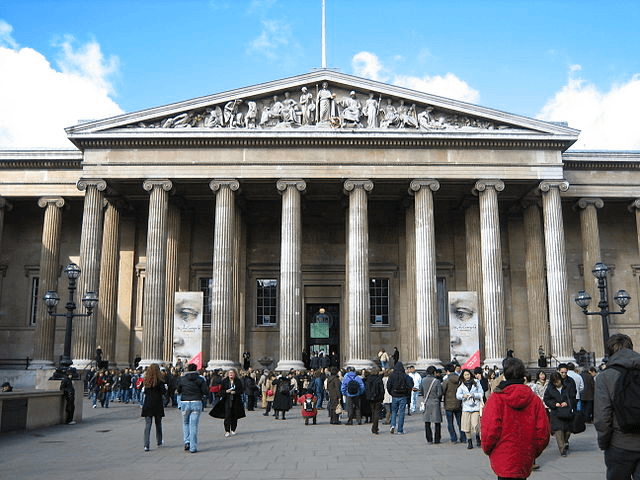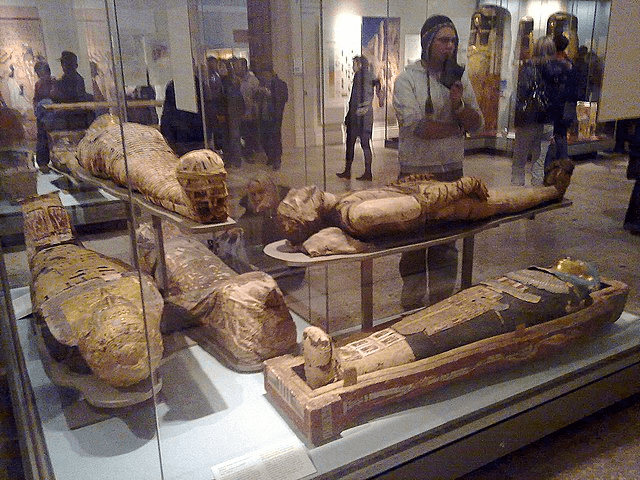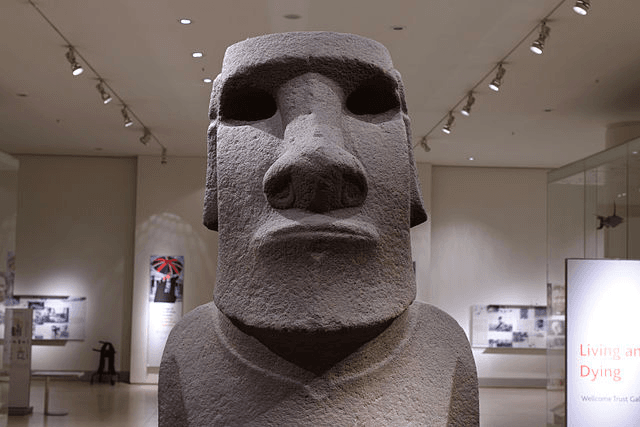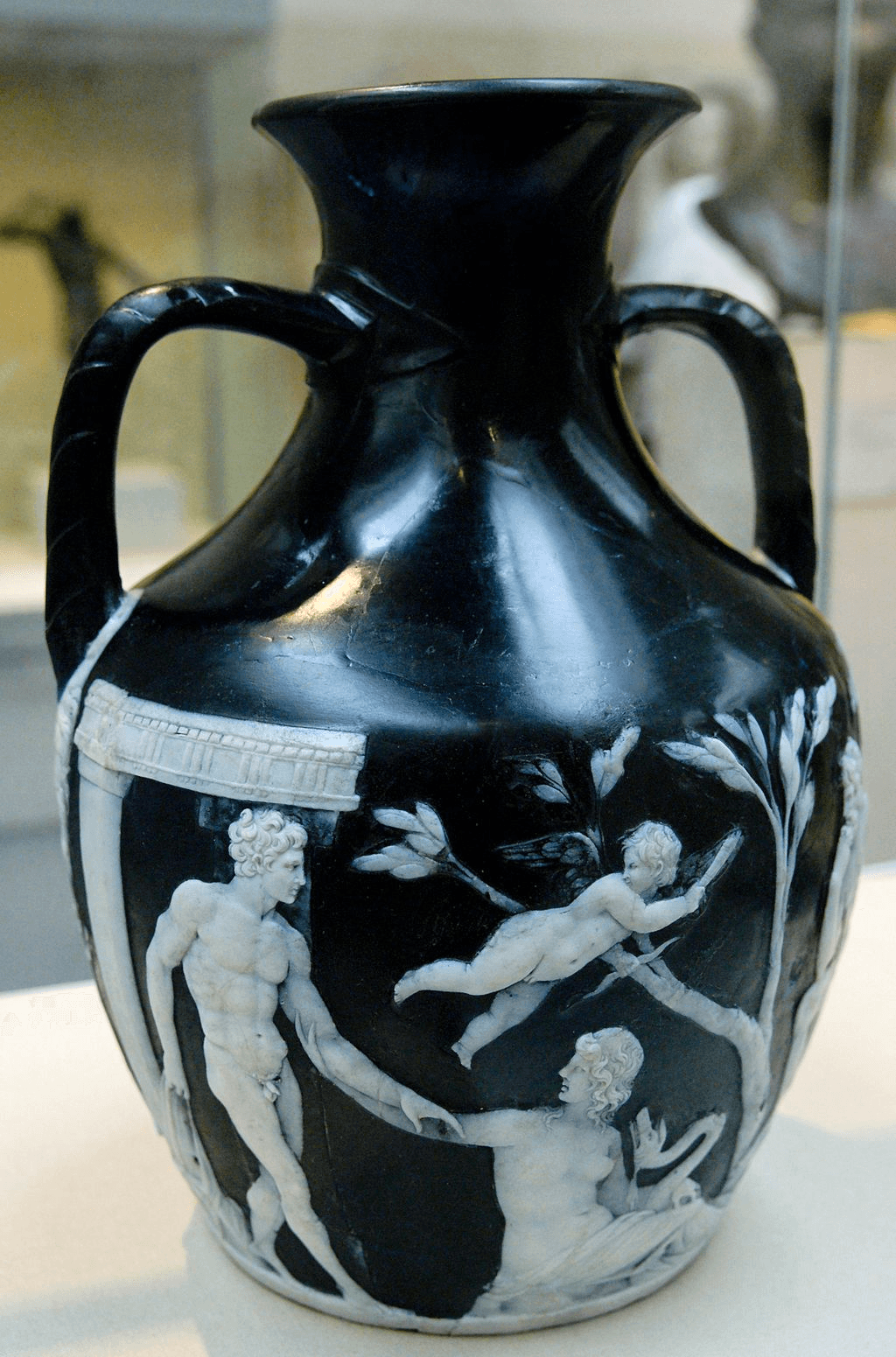Pocket Guide to the British Museum
How to plan for your visit to the British Museum
The British Museum, located in the heart of London, is one of the world's most renowned museums. Founded in 1753, it houses a vast collection of artifacts and artworks that span human history from prehistoric times to the present day. Visitors can explore the museum's extensive galleries, which showcase some of the most iconic pieces of ancient civilizations, including the Rosetta Stone, the Parthenon sculptures, and the Egyptian mummies.

With over 60 galleries, the British Museum offers an unparalleled opportunity to learn about the world's diverse cultures and their histories. If you are looking for a cultural day out in London, the British Museum is a perfect choice. An added bonus, entrance to the museum is free.
In this guide, we'll take a closer look at what you can expect to see and do at the British Museum and offer some tips to help you make the most of your visit.
Planning Your Visit
The British Museum is huge, and it's easy to get overwhelmed. You are not going to be able to finish seeing everything in the museum in one visit, and if you only have a couple of hours, you will want to plan your route to ensure you see what you want to. Here are some quick links that will help you plan your visit:

Although entry to the museum is free, there is a limit to the number of visitors to the museum to ensure everyone can safely enjoy their visit. You will need to book a ticket online to guarantee entry to the museum; for those without a booking, walk-ins are also possible subject to availability. Separate tickets might be required for special exhibits.
Must-See Exhibits
Even looking through the list of exhibits and events on the website could be overwhelming given the sheer volume of things to see. To help you plan better, we have put together a list of must-see exhibits during your visit:
Egyptian Sculpture Gallery
📍Room 4

Travel back through 3,000 years of Egyptian history and come face-to-face with objects that represent three millennia of pharaonic history. The key highlight in the Egyptian sculpture gallery is the Rosetta Stone that is famous for being the key to deciphering the ancient Egyptian language and hieroglyphic script. Other highlights include the largest Egyptian sculpture in the British Museum that represents one the ‘ruler of rulers’, Ramesses II, and the sarcophagus of Nectanebo II, Egypt's last true pharaoh.
For more information: https://www.britishmuseum.org/collection/galleries/egyptian-sculpture
Egyptian Death and Afterlife: mummies
📍Rooms 62-63

Mummification is iconic of the Egyptian afterlife. In this gallery, the objects on display are representative of the mummification, magic, and rituals significant in the death and afterlife of the Egyptians. You will get to see mummies, coffins, funerary masks, portraits and other items designed to be buried with the deceased.
For more information: https://www.britishmuseum.org/collection/galleries/egyptian-death-and-afterlife-mummies
Living and Dying
📍Room 24

This gallery explores the different strategies that people adopt to deal with the challenges of life and death. The displays explore different approaches to the challenges we face as human beings, and focuses on how different cultures seek to maintain their wellbeing. One of the key highlights of the gallery is the Hoa Hakananai’a originating from Easter Island. Moai are megalithic statues often placed upon ceremonial platforms, and are said to be the living faces of the ancestors.
For more information: https://www.britishmuseum.org/collection/galleries/living-and-dying
Greece: Parthenon
📍Room 18

The Parthenon was built as a temple dedicated to the goddess Athena. The temple was decorated with sculptures representing episodes from Greek mythology, while inside the building stood a colossal image of the goddess Athena, constructed of gold and ivory. Room 18 features sculptures that once decorated the outside of the temple, along with pieces of the architecture.
For more information: https://www.britishmuseum.org/collection/galleries/greece-parthenon
Roman Empire
📍Room 70

The exhibits in Room 70 cover a period of about 1,000 years, illustrating the rise of Rome from a small town to an imperial capital. Objects on display range from stone and metal sculptures to jewellery, silverware, and pottery, reflecting both its vast scale and its diverse geographical, cultural and ethnic nature. Some of the key highlights include the Portland Vase and Warren Cup.
For more information: https://www.britishmuseum.org/collection/galleries/roman-empire
Take note that some galleries may be closed for maintenance or unforeseen circumstances, so be sure to check out the museum’s website before your visit.
Guides for Visiting
If you are not great at planning your own route, not to worry — there are still ways that can help you visit the museum.

Object Trails
You can check out the object trails curated by the British Museum to help you plan your route. These object trails are a great starting point for you to plan your own route — or to simply follow the route as listed in these themed trails.
Audio Guides
The British Museum has curated a number of self-guided audio tours that can guide you through your visit. Each tour has a theme, so you can pick one that you are most interested in. The themed tours are priced between £1.99–£2.99 each. To use the audio guide, you can download the British Museum Audio app from either the App Store or Google Play.
Guided Tours
The museum also offers various guided tours to help you explore the museum. From a quick eye-opener tour to tours that introduces you to the most popular objects on display, you will be able to find a tour that is suitable for you. Tours are limited in capacity, so it is recommended that you book in advance. Find out more about the tours and their schedules to help you plan your visit.
If you are unable to book a tour from the British Museum, you can also look to sites like Viator for guided tours of the British Museum.
Out-of-hours Tours
The out-of-hours tours organised by the museum allows you to tour and visit the museum before it opens to public, and is great for those who want a more private tour of the museum. There are 5 different tours that you can choose from and you will have to book a slot in advance.
Key Information
🗺️ Address: Great Russell Street, London WC1B 3DG
🕤 Opening Hours: Daily: 10.00–17.00 (extended hours on Fridays to 20.30)
🚆 Nearest Tube Stations: Tottenham Court Road, Holborn, Russell Square, Goodge Street
🔗 Official Website: https://www.britishmuseum.org/
🎫 Ticketing Website: https://ticketing.britishmuseum.org/events